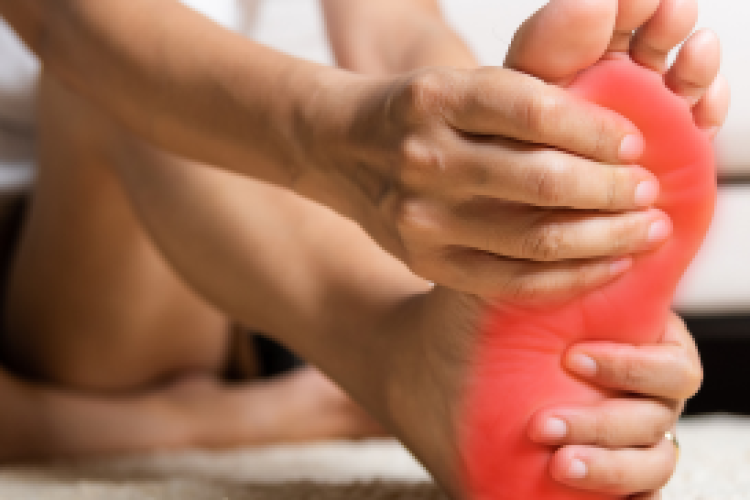
One of the most common types of wounds that requires close attention is diabetic foot ulcers. With proper treatment from a wound care specialist, these wounds can be effectively treated and healed, according to Giacomo Vinces, DO, medical director of The Wound Care Center at Montefiore Nyack Hospital in Nyack, NY.
What is a Diabetic Foot Ulcer?
Diabetes is a chronic illness that requires constant management through medication, lifestyle changes, and physician oversight. While some people can manage their diabetes effectively, others may be impacted by complications. Diabetic foot ulcers affect approximately 15% of people living with this condition. These ulcers often begin with nerve damage and poor circulation caused by high blood sugar levels.
Diabetic foot ulcers can be treated with standard wound care dressings that stay in place for a few days at a time and wearing boots or shoes that eliminate pressure on the wounds. “When ulcers are severe, hyperbaric oxygen therapy is a very effective treatment,” explains Dr. Vinces.
How Hyperbaric Oxygen Therapy Works
For most chronic wounds, hyperbaric oxygen therapy is used only after standard treatment is tried first and the ulcer does not heal. Patients undergoing the treatment are placed in a pressurized chamber, where they breathe in 100% oxygen. The goal is to increase the amount of oxygen in the blood, delivering it to the wound site for faster healing.
The chamber is larger than an MRI machine, with clear plexiglass so the patient can see their surroundings. “A patient can communicate with the technician at all times,” Dr. Vinces explains. During the treatment, which generally lasts 90 minutes to two hours, the patient can watch movies or listen to music.
Patients come for treatment every day for 20 to 40 days. “For some patients, it can take some getting used to, but it gets easier, and being able to watch TV or movies makes the time go by a lot faster,” he says.
Hyperbaric oxygen therapy is non-invasive and painless, but some patients may feel pressure in their ears, similar to the changing altitude on an airplane when flying. “We have several techniques that help with the sensation. After a few sessions, patients are usually able to avoid that side effect,” Dr. Vinces says.
It can take 10 to 15 treatment sessions for the doctor to determine if the patient is responding. The number of treatments a patient needs depends on the extent of their wound and how well the wound responds to therapy. In some cases, the doctor may decide the wound is responding so well to the treatment that another round of sessions would be beneficial.
Before starting hyperbaric oxygen therapy (HBOT), consult with your primary care physician. You might be told to avoid certain medications that may interact with oxygen treatment. In rare cases, hyperbaric oxygen therapy can affect a person’s vision.
“Our goal is to work very closely with the patient’s primary care doctor,” Dr. Vinces says. “A multidisciplinary team of podiatrists, infectious disease specialists, vascular surgeons, and endocrinologists will work together to develop an individualized treatment plan for the treatment of difficult-to-heal wounds, like diabetic foot ulcers.”
Treatments are typically covered by Medicare, Medicaid, and most insurance plans, and self-referrals are accepted.
The Wound Care Center® at Montefiore Nyack Hospital is located at 160 North Midland Avenue in Nyack. For more information and to make an appointment, contact The Wound Care Center at Montefiore Nyack Hospital at (845) 348-7600.



 Upcoming Events
Upcoming Events



